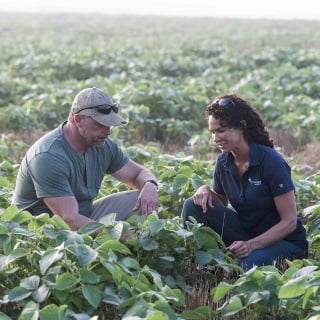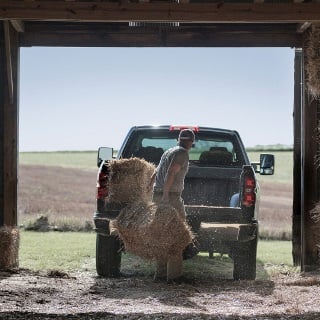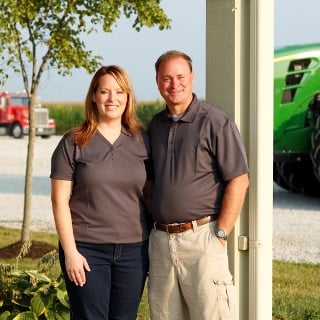With the unpredictability of the current climate, many producers are feeling the economic strain. According to Gary Book, AVP of Retail Credit Underwriting at Farm Credit Mid-America, taking a closer look at your balance sheet now can help producers set a better course for the future.
“The balance sheet is a snapshot in time reflecting total assets and liabilities. It can be fluid, depending on the time of year. The best time to examine your balance sheets is at your fiscal year-end. This will allow you to better monitor changes in your balance sheet with your earnings,” he says. “Maintaining a balance sheet and monitoring key benchmarks over time allows producers – and their lenders – to have an accurate snapshot of the overall financial health of their operation.”
When evaluating a customer’s balance sheet, Book reviews four credit-focused areas; net worth or total equity, working capital, the equity to asset ratio (net worth divided by total assets) and the working capital to value of farm production (WC/VFP) ratio.
Book says Farm Credit Mid-America does not use benchmarks to measure total equity or working capital because they are relative to the size of an operation and may vary significantly between operations. Instead, his team uses equity to asset ratio and WC/ VFP to gauge an operation’s overall financial position. A balance sheet with an equity to asset ratio of 45-60 percent is considered to have moderate risk, and the WC/VFP ratio should be in the 15-30 percent range.
Book notes working capital or liquidity measures the ability to withstand short-term risk, and the equity to asset ratio measures ability to withstand long-term risk.
“At the highest level, your balance sheet is telling you how leveraged you are and how prepared you are for long and short-term risks,” Book says. “What may seem like weaknesses in a balance sheet are really opportunities to improve your overall financial health and create the flexibility to handle adversity when you face it.”
He provides the following tips for navigating your balance sheet during challenging times:
Compare multiple years of balance sheets side by side.
Know how your current situation looks against previous years when you talk with your lender. If your balance sheet improves, you likely paid down debt or retained earnings to the balance sheet. If equity or working capital fall, it may be a red flag to make adjustments.
Manage current assets with a strong marketing plan.
Know your risks. Set marketing targets based on costs and know how your working capital could be impacted without protection.
Pay off short-term debt first.
Sometimes paying off debt with excess funds isn’t the best idea. That can have short-term ramifications for working capital availability. But when it does make sense, start with short-term debt first.
Consider the impact of real estate financing.
A cash purchase stresses working capital because it lowers cash assets and weakens the balance sheet. A financed purchase that uses equity to secure a loan will lower the equity to asset ratio. If your WC/VFP ratio is 30 percent, for example, you can afford up to a 10 percent of your VFP as a down payment and draw from liquidity.
Evaluate fixed costs for land.
Divide total payments for land loans, cash rent and property taxes by annual gross revenue. A range of 30-40 percent signals your earnings are sufficient to meet debt obligations. For every dollar produced, 40 cents or less should go to these payments.
Weigh equipment needs versus wants.
Depreciable assets like equipment should be managed in a deliberate way. Look at benchmarks for total equipment per acre farmed to see if you are overequipped. This should be in the $500-700 range. If it is higher, evaluate your working capital position. Trade in underutilized equipment and put the cash in the balance sheet for later. Total equipment expenses, including loan payments, custom farming and rentals, should fall in the 8-12 percent range per gross revenue. Anything higher pressures the balance sheet.
For more information about how to best leverage your balance sheet, reach out to your Farm Credit Mid-America contact or connect with us.

.tmb-primary.jpg?sfvrsn=e07d1181_1)




